“I look forwards and aim to move in the direction that inspires me and continually improve.”
Photographer Nick Redman, www.londonphotos.biz
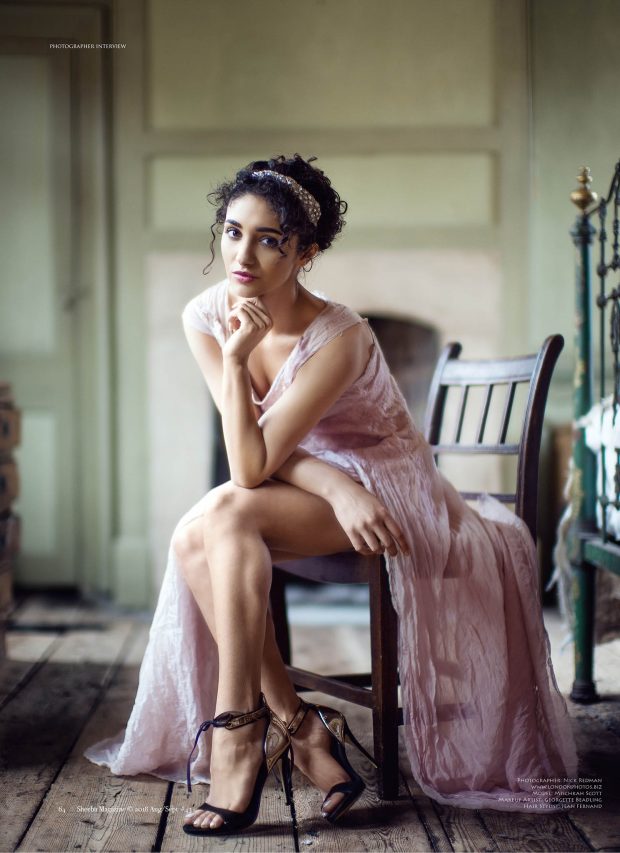 Nick, could you tell us how did you get involved with photography, what keeps you there and what does photography mean to you? A friend once said to me, ‘you’re in to gadgets, aren’t you? I’m selling a camera. Interested?’ I’d had early digital point and shoot cameras; a 2Mp Ricoh RDC-5300 back in 1999 that eat batteries like you wouldn’t believe but that first DSLR (Nikon D70s) set me on my way proper, in 2005. The bug bit deep. I wanted to learn everything about it, always had my camera on me and shot everything. A few years later, when the internet got richer with the availability of photography information and education, I subscribed to Kelby Training (2011) to learn about lighting and different types of shoots and went from there. What keeps me here, is the continual desire to raise my bar. I get great satisfaction from clients who are happy with my work, and it’s still a big part of my life that takes a lot of time, working around my day job. The love of great images that you were part of a team to produce is hard to resist!
Nick, could you tell us how did you get involved with photography, what keeps you there and what does photography mean to you? A friend once said to me, ‘you’re in to gadgets, aren’t you? I’m selling a camera. Interested?’ I’d had early digital point and shoot cameras; a 2Mp Ricoh RDC-5300 back in 1999 that eat batteries like you wouldn’t believe but that first DSLR (Nikon D70s) set me on my way proper, in 2005. The bug bit deep. I wanted to learn everything about it, always had my camera on me and shot everything. A few years later, when the internet got richer with the availability of photography information and education, I subscribed to Kelby Training (2011) to learn about lighting and different types of shoots and went from there. What keeps me here, is the continual desire to raise my bar. I get great satisfaction from clients who are happy with my work, and it’s still a big part of my life that takes a lot of time, working around my day job. The love of great images that you were part of a team to produce is hard to resist!
What is going through your mind when you are on set behind the camera? I usually get pre-match nerves about most shoots and wonder what the challenges will be. There’s invariably some form of problem solving. Sometimes you can change things and other times you work with what you have. Behind the camera, I’m thinking about my subject, lighting, composition, what’s in the background and what we need to get in the bag. Even if I’m a melting puddle of self-doubt on the inside, I try to keep confident on the outside! Having said that – things usually chill out once we get going and the ice is broken.
What is one last impression you want to leave in your photos? Depends if it’s personal work or business. If it’s clients I want to them to feel I’ve met the brief and have them happy with the work, feeling they’ve hired the right guy and got returns that are at least as good or better than what they’ve had before. For personal work, I love it when there’s a wow factor to a shot and it’s engaging and holds attention for longer than a second! These don’t happen every day, so it’s always an on-going mission. It’d be great if people thought that’s my shot or style. I’m not sure I’m there yet…
How do you keep yourself motivated and your photography fresh? I’m always motivated by any job to do the best I can. I look at amazing images from people I know about and admire, or new photographers I discover. There are so many incredible photographers to take inspiration from, past and present and in many genres. I look forwards and aim to move in the direction that inspires me and continually improve.
More often than not, I’ll have fantastic motivation, shortly after a shoot, when I’m still emotionally attached to it. It’s better when your thought process moves from subjective to objective with the passing of time and you can see what you could have done better and then take this in to your up and coming shoots.
It’s tempting at times to jump on the latest fad or fashion, but I try and stay away from that and go in a different direction or shoot what pleases me. Whether it’s fresh or not – other people will decide, but all I know is there’s plenty of people photographers out there who I’m nowhere near yet, in term of quality and results. That’s motivation enough.
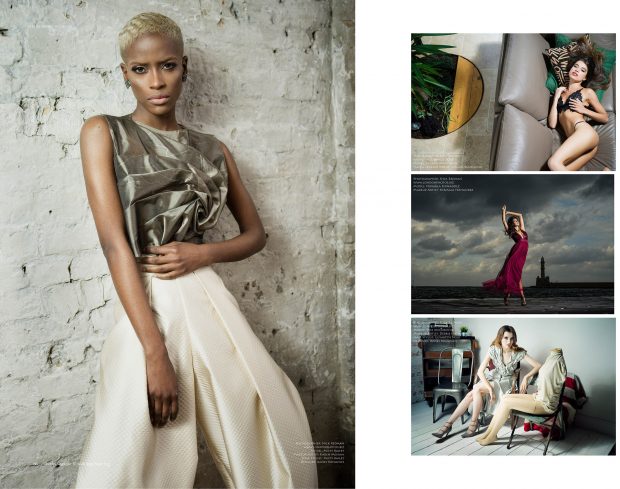
Can you tell us about your philosophy when it comes to shooting portraits? Are there specific techniques that are always a part of your workflow? Prior to a shoot, I’ll think a lot about the subject, and how I want the shoot to look which informs my lighting starting point and what to pack. On location, if I’m shooting natural light, having a scout for good light takes priority and watching what’s in frame in the background. Once the techy stuff is out of the way, it’s all about the subject and checking now and again that you haven’t knocked a setting by accident, so exposure is still good. Developing a rapport with the subject is great. I like to get out from behind the camera and talk to them. Being silent doesn’t work for me. How does the subject know how the shoot is going, if you’re not talking to them? Depending on the assignment, there can be little time for that but even a few words and an introduction can make a difference. If the sitter has little experience, or is extra nervous, I’ll use more direction and say we’re just shooting test shots for the minute. Often this will help them de-stress a little.
What is your most important piece of lighting equipment for portrait shots? I’m favouring umbrellas lately, for flexibility and travelling light. I can add a back on a shoot through or a diffuser on a reflective to control spill and make them more like a softbox or open them up with no additional modifiers for a broader light source. I still use a light meter, although less so now with TTL studio lighting, which is so quick to find a starting point I can tweak from. I love Profoto’s OCF gear and their range of modifiers and umbrellas. It’s quality, reliable and simple to set up and work with.
What do you look for when selecting a model and how can great photos help in landing more bookings? Expression is one of the first things I look for. Faces are amazing – we see them every day and are so perceptive of little nuances and body language in a look. I’m not mad on completely blank – there has to be something engaging about a look. Next for me are shape and form on camera. I’ll look at the model’s portfolio and seek recommendations from other photographers I know, who may have worked with them previously.
Great photos in your own portfolio can certainly help with growing your network. Who doesn’t look online these days and check your work? If an interesting or unique image catches someone’s eye, there’s a chance they’ll remember you and maybe give you an opportunity when something comes along that fits your style and their need.
Would you have any tips to help a model achieve good photos all the time? Experienced/good models know what they’re doing and how a shoot works. For newer models – if they feel their shots aren’t consistently good, I’d recommend comparing images from different shoots and figuring out what makes the good stuff work. Is it an angle, body shape, hair, lighting, styling? A shoot is an interactive situation, we’re working together, so talk to the photographer and listen to direction. A small movement/change might be enough to just catch the light better, improve what you already did on your own, or help a composition from the camera’s viewpoint, with respect to the lighting, background and how you look.
Also, always be conscious of where your key light is and work towards that. If you move out of the light/sweet spot, chances are it won’t be a great shot.
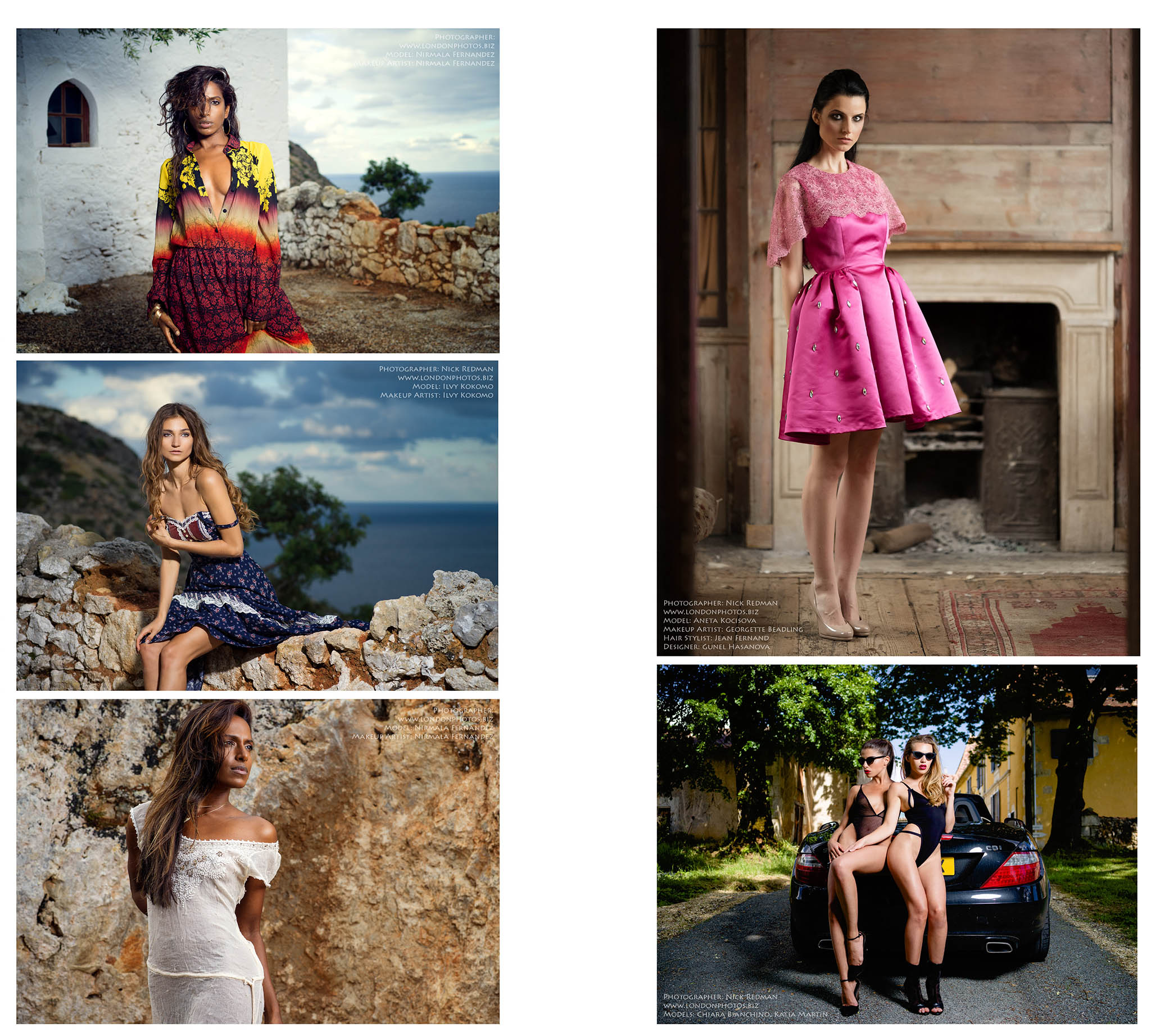
Are there any specific emotions you are trying to achieve when portraying people? Depends on the situation and when I do want this, it’s one of the areas I need to work on, for the best way to achieve it. In a portrait situation, I hope to create something that reflects an aspect of the subject’s personality. If I’m shooting a performer in action, then catching a moment with them doing what they do best is fantastic. It could be as simple as engaging eye contact. Almost as if the subject is looking back at the viewer from out of the photograph. Thinking up what to say, to create the look you want is the hard bit!
What from your point of view makes the shoot successful? Quality over quantity for sure. If I come away with a few great images from each look, I’m happy. I rarely find that the talent and the team will pick the same images as the photographer as keepers, so when you get a wow shot that everyone loves – that’s good work.
If you had unlimited resources, what would you shoot? Are there any photography genres you’d like to experiment with more? I’d love to combine landscape work with people. I follow some landscape photographers on YouTube and to me, if I could combine some of those spectacular views, compositions and beautiful light and put a person in it, in some engaging way – that would be amazing.
What are the most challenging aspects of professional freelance photography? The business side of it can be challenging. Finding and retaining good clients and pricing yourself properly. You’re providing a service and a product, and both of these things need to be consistent and to the highest level you can do. There’s a lot of talk about how photography and consumption of images is changing, but there’s still work out there to be won. Companies, people, artists – they all need high quality work at times. It can take a lot of effort to maintain steady work.
How do you choose which images you ultimately provide to your clients? I usually do a multiple pass edit over a few days, selecting my initial picks quickly and then whittling these down to just the ones I think are best. I’m looking for good light, expression, a clear subject, composition, minimal distractions that might lead your eye away from the subject and flattering angles and poses. I tend to look for technical things, but I’m getting less fussy with that on people shots, for example if an image is slightly soft, but has an amazing expression, or moment captured, I might still use it, especially for web use.
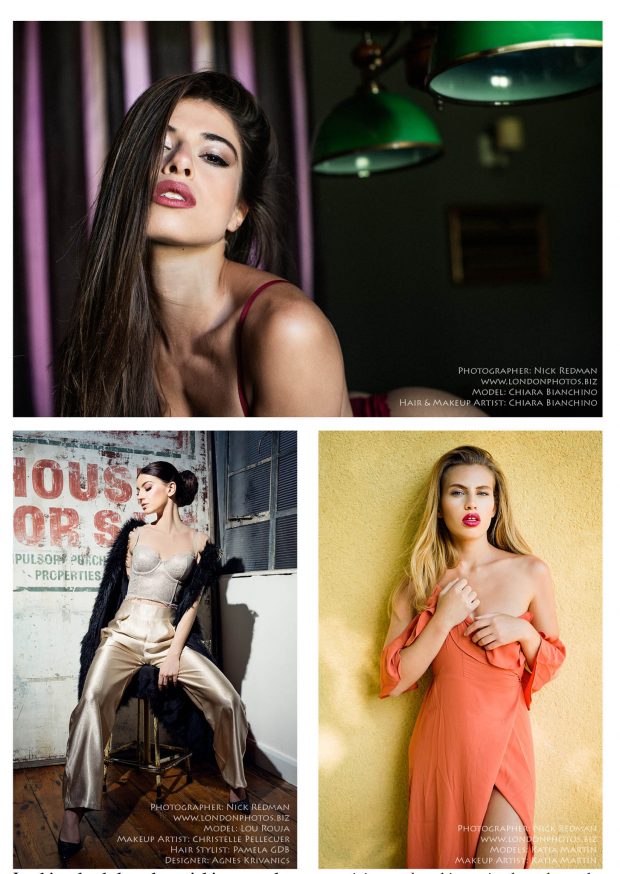
What is the most important thing you want potential clients to know about you? That I am easy to work with, flexible and reliable and will always give my best effort to produce the work they need. Your clients put trust in you that you are professional, deal with problems/challenges and still deliver.
Is there anywhere in the world you are fascinated about and you’d like to become a location for a shoot? Too many places! I love the pastel landscapes and architecture of Tuscany (and the food and wine), hopefully going there with friends to shoot next year. Further afield – plenty of fascinating and beautiful places like Iceland and Greenland, although would take some serious planning. Nearer home (London for me), we have some amazing scenery in the UK and Ireland and lastly some remote island with white beaches, caves, mountains and sunsets to die for, after all that cold stuff!
You bring a very high production value to your work. What is your retouching/production philosophy? In your opinion, is it fair to alter reality by adjusting images in post-production and what does it give to the final image? That’s an interesting question and things are changing. I received a notification from a stock agency I’m with, recently. To comply with a new French law, they can’t accept creative content depicting models if the model’s body shapes have been re-touched to make them look thinner or larger than they are in reality. Skin re-touching, hair colour, nose shape and blemish re-touching is beyond the scope of this new law and still acceptable.
My own philosophy on this will be appropriate to the image. Beauty work requires the highest standards and I’ll often outsource these to a professional re-toucher, or if it’s a keeper image that’s just beyond my post-pro abilities. I’m ok with altering reality if it’s to smooth out a curve, or a subtle change that’s not fundamentally changing someone. It could just be the angle/pose wasn’t right (my fault) and a helping hand is needed in post. I don’t always see these fine details in camera at the time. Editing a distraction that catches my eye in a final image adds one more layer of polish to a finished shot and is worth doing.
What are some additional resources that you recommend to others getting started in photography? Aside from the technical stuff, for which it’s easy to find tutorials on YouTube or the many education sites available. Do some research – find people’s work you admire and buy their books. Nothing beats looking at prints in a large format book compared to a screen or phone. There’re no pop-ups, or online distractions. I have many books on my shelf, from photographers old and new and in various genres. I’d recommend doing workshops too, but my advice would be to choose carefully and pick a photographer whose work really inspires you, then seek out their course. You can’t beat having a good teacher there in the room with you to answer questions. Then practice and shoot lots. Attend events, network, meet new photographers and models who you can collaborate with. You can read and watch videos as much as you like, but It’s not until you have to do it ‘on your own’ that you really find out the good stuff.
Personally, I’d avoid too many workshops where it’s all set up for you. What will you learn when someone else is doing the setup, lighting and posing work? Invest in yourself.
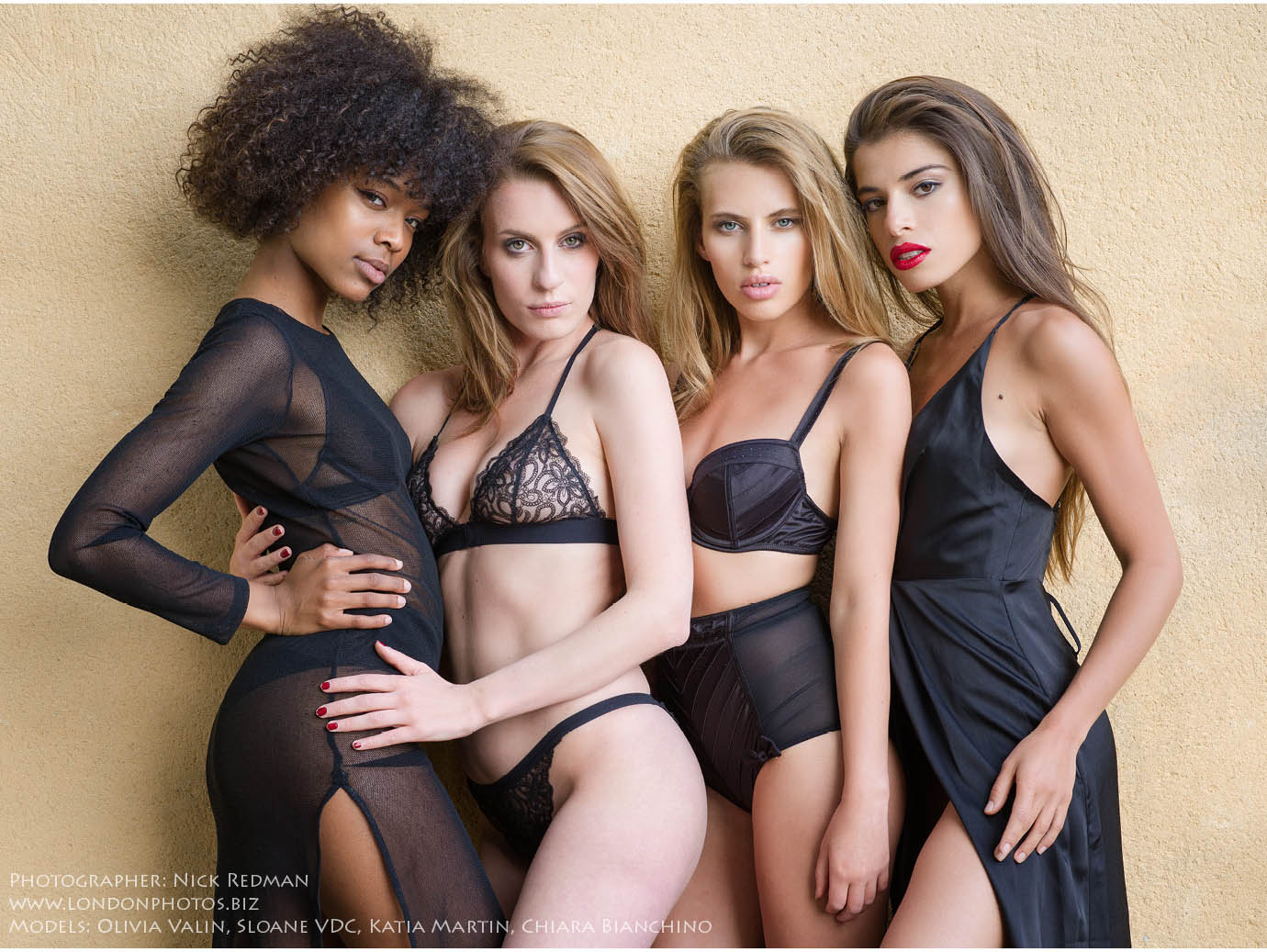
Where can we hear more from you or see more of your work? I have a website for my music and portrait work at www.londonphotos.biz and my Instagram @Reds42, which I use mainly for model shoots.
Looking back how has picking up photography impacted your life? It’s been a positive thing. I’ve had privileged access to amazing music events and got to meet and shoot some of my heroes, I’ve travelled, made new and lasting friendships and had great fun. I’ve also spent many late nights and weekends shooting and editing, managing time around the day job, family time and photography work and wondering how I’ll ever fit it all in!
A common misconception about photographers is that we…? … just press a button and our ‘good camera’ does all the work. It’s nothing to do with the make up artist, hair stylist, wardrobe, amazing model, planning and organization, location scouting, problem solving, whole bunch of new skills we had to learn and hours upon hours spent practicing and making mistakes along the way.
What superpower you wish you had and why? To have the superpower of X-Men’s Storm, with the ability to control the weather would be handy. I could conjure up the perfect dramatic sky, lightning, snow, sun, gorgeous cloud formations – whatever I wanted at every location shoot!
Please tell us a surprising fact about yourself. I got shortlisted once, in the Sony World Photography Organisation awards. That’s never happened again!
Thank you, Nick.
Published 2018 August/September Vol II: BUY NOW

